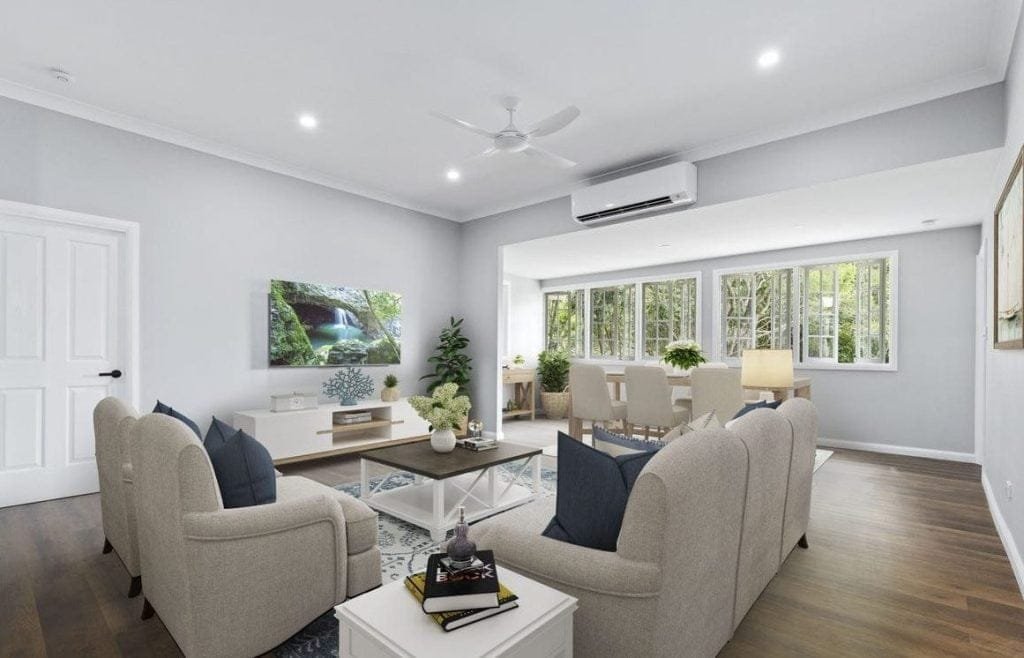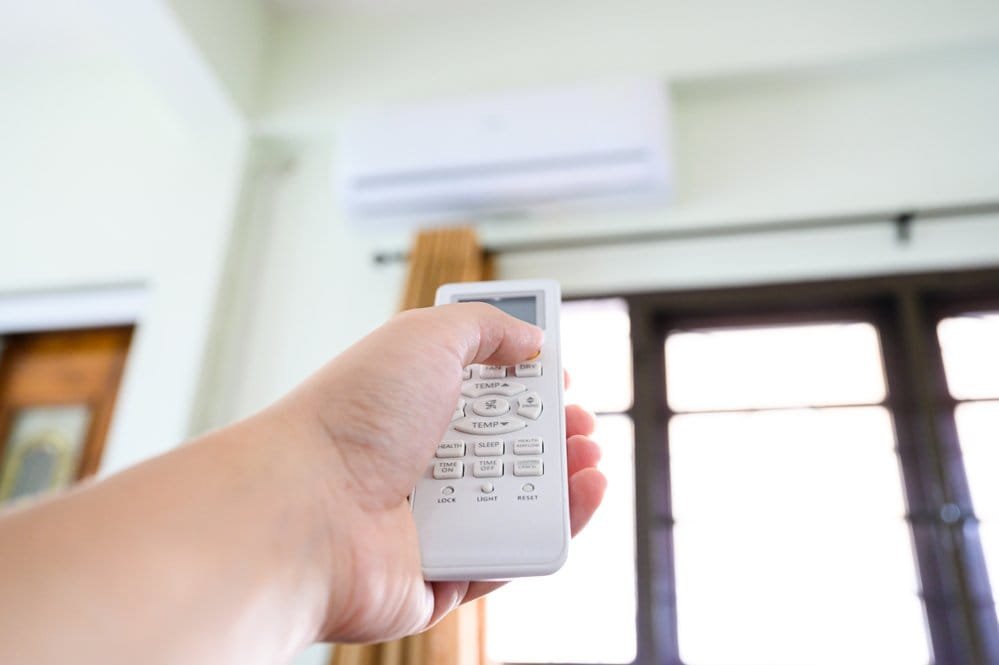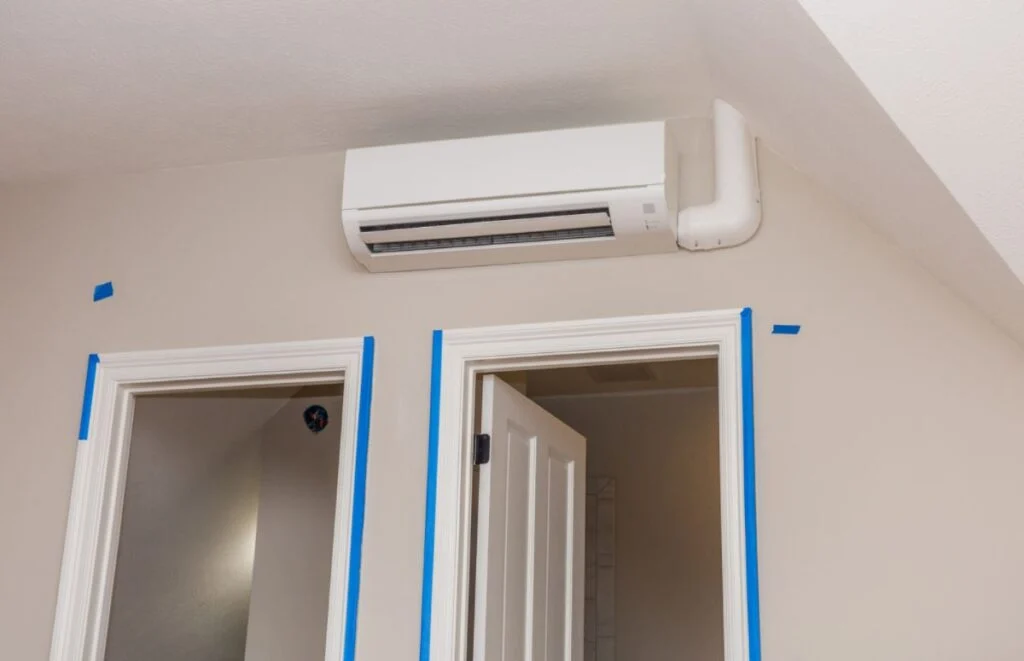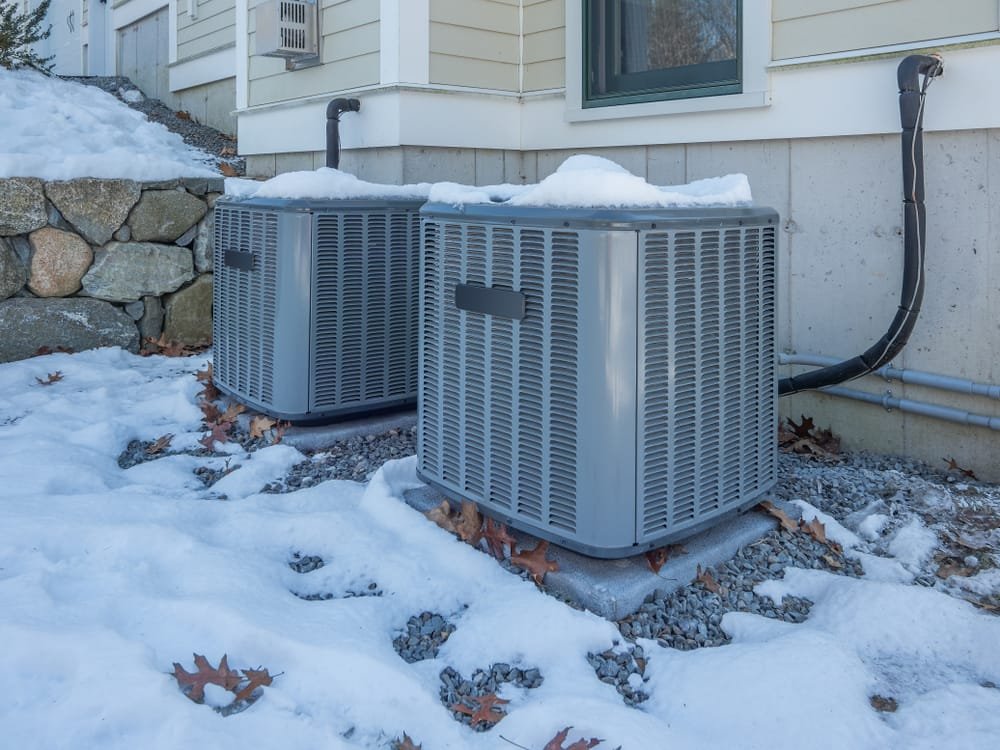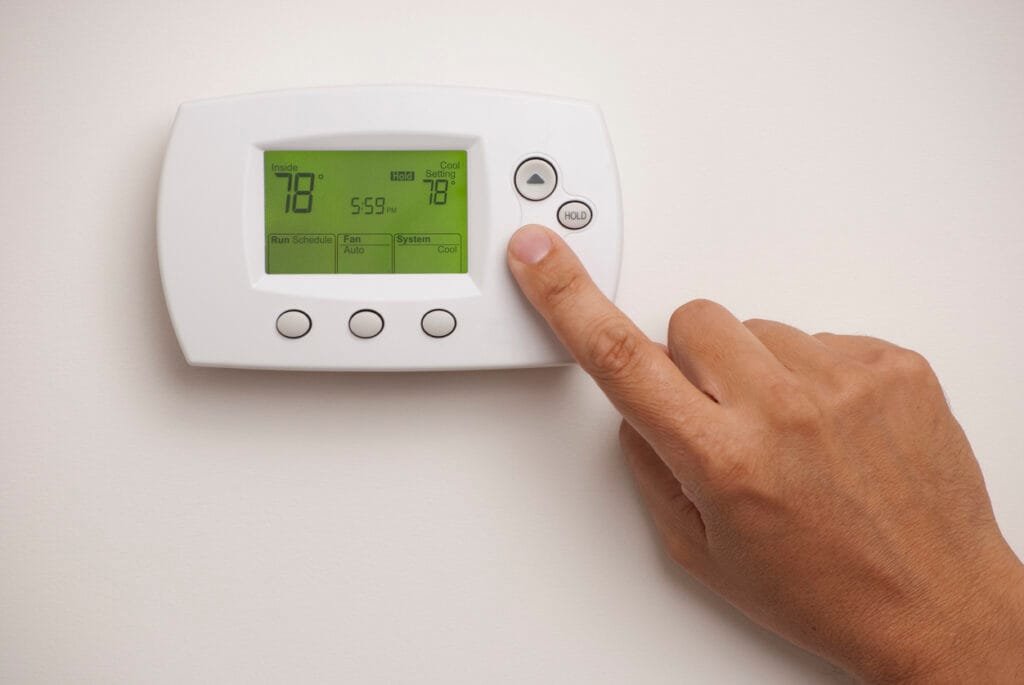Winter in the Gold Coast often brings chilly mornings and cool, grey afternoons, with temperatures sometimes dropping to just 8°C. Many households rely on their HVAC heating systems to stay warm indoors, but one common question remains: Should you leave doors open or closed when heating your home?
Many people believe that closing doors to unused rooms saves energy because the system heats a smaller space. Others think a closed door keeps heat trapped in one room, or that it preserves warmth in unused areas. While these ideas sound logical, they don’t always work with central forced‑air systems.
For homes with central HVAC, the better option is usually to keep interior doors open. These systems rely on steady airflow to distribute warm air evenly. Closing doors disrupts circulation, creates pressure imbalances, and can even draw in unfiltered air from attics or gaps, leading to dust, humidity, and uneven heating. In fact, sealing rooms can make the system work harder instead of more efficiently.
There are exceptions. If your home uses radiators or baseboard heaters, closing a door can help keep heat in a single room. At night, it’s also recommended to close bedroom doors for safety in case of fire.
If you’re using reverse‑cycle air conditioning (heat pump), set the thermostat between 20–23°C for optimal comfort without wasting energy. Direct airflow downward to help warm air spread, keep windows shut, and draw curtains to retain heat.
So, should you leave doors open or closed in winter? The answer depends on your heating system. For central HVAC, keep them open for better airflow and efficiency. For radiant or baseboard heating, closing them can help. Knowing the difference can keep your home warmer while using less energy.
Source: DEEPCHILL

